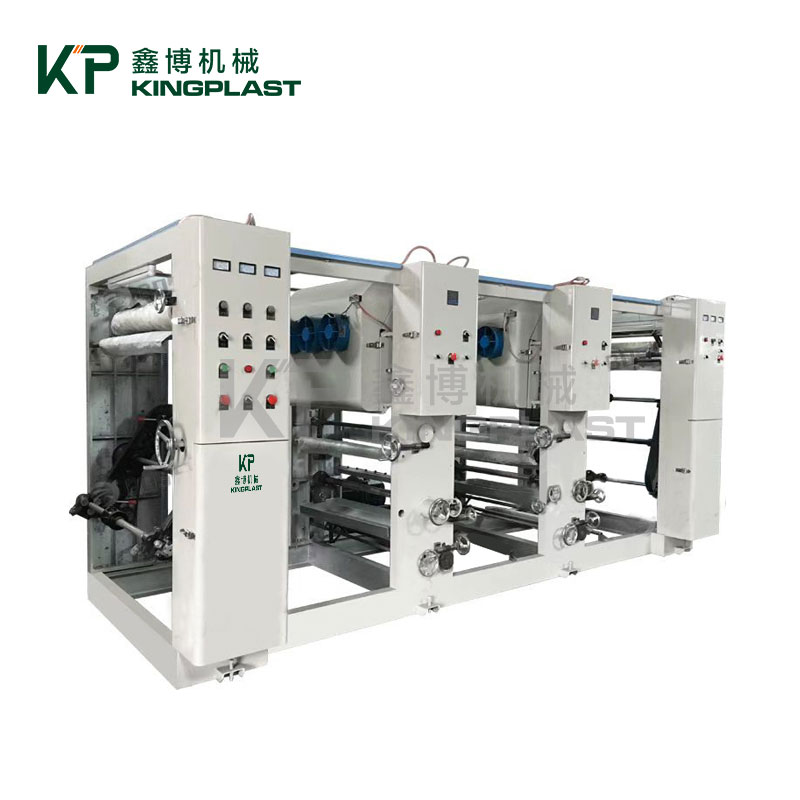Why Is the Rotogravure Printing Machine the Preferred Choice for High-Quality Packaging?
2025-07-07
Introduction:
In the competitive world of product packaging, vibrant color, precision, and consistency are non-negotiable. That’s why more manufacturers are turning to the Rotogravure Printing Machine. But what makes this technology so reliable for mass packaging production?

Main Body:
1. What Is a Rotogravure Printing Machine?
A Rotogravure Printing Machine is a high-speed printing press that uses engraved cylinders to transfer ink onto flexible materials such as plastic films, paper, and aluminum foil. It’s widely used in the production of food packaging, labels, and decorative prints.
2. What Sets the Rotogravure Printing Machine Apart?
Unlike other printing methods, the Rotogravure Printing Machine delivers:
High-resolution and detailed image reproduction
Consistent ink transfer, even at high speeds
Long-lasting engraved cylinders for large print runs
Its capability to handle very fine designs makes it ideal for premium branding.
3. Where Is It Commonly Used?
The Rotogravure Printing Machine is found in industries such as:
Food and beverage packaging
Pharmaceutical and personal care labels
Wallpaper and gift wrap printing
It’s especially useful when uniformity across millions of units is required.
4. What Are the Key Benefits?
Exceptional print quality
Fast production speed
Wide material compatibility
Lower cost per unit in high-volume jobs
The Rotogravure Printing Machine is perfect for businesses seeking scalability without compromising print quality.
Conclusion:
If you’re looking to scale packaging with consistent, high-quality graphics, investing in a Rotogravure Printing Machine is a smart move. It combines durability, precision, and speed — essential for modern printing demands.


